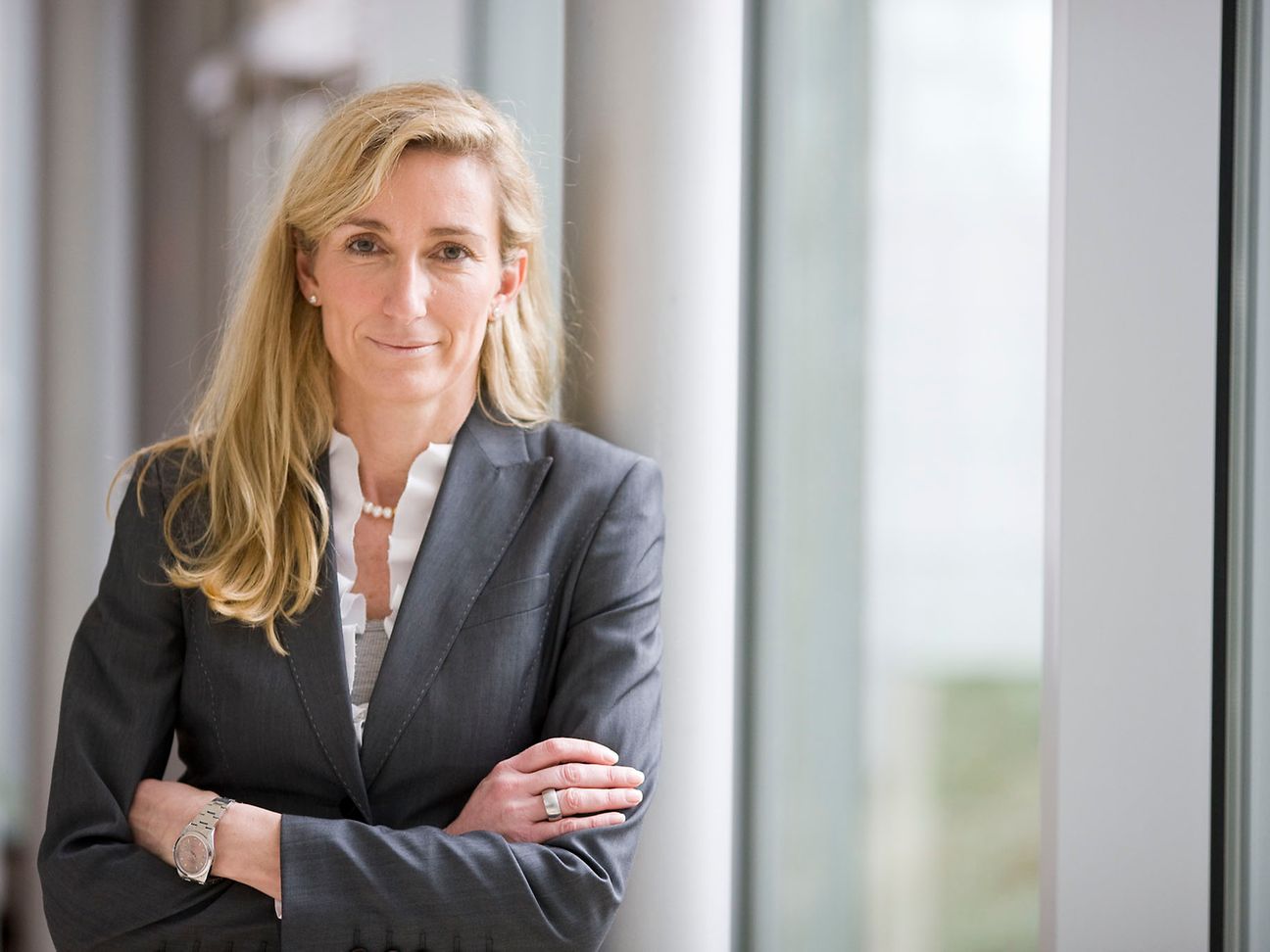"Highly scalable cloud platforms are the be-all and end-all"
The market researchers at IDC estimate that in 2020 around 30 billion "things" worldwide – such as machines, cars, washing machines, and fridges – will be connected via the Internet. In Germany alone, there will allegedly be six connected devices per inhabitant in 2017.
Impressive figures that reveal the potential of the Internet of Things. Digitization is no longer just a trend topic, it has long ago arrived in our everyday lives and in companies. We interviewed Anette Bronder, Managing Director of the Digital Division at
Ms. Bronder, where can we find the Internet of Things in your household?
Anette Bronder: The garage door, the lighting, and the roller shutters at home are already "smart." However, my fridge is not connected to the Internet yet. But that is mainly because there are no suitable offers on the market yet. I'm a big fan on principle of every solution that makes life easier for me and my family. A fridge that writes out the shopping lists for me and orders food directly in my favorite supermarket saves me a good deal more time for other things. I'd be on to that in a trice.
You recently bundled all Deutsche Telekom activities regarding the Internet of Things in a separate unit within the Digital Division. What do you hope this step will achieve?
Anette Bronder: It is the task of the Digital Division to turn innovations into business areas. We aim to make digitization as simple and tangible as possible for our customers, and to drive topics on the market like the Internet of Things or connected driving in a targeted way. So it makes sense to locate these areas in one unit. But of course we also work closely with other units within Deutsche Telekom and exchange expertise with them.
Partnering is a success factor for us. We cannot and will not do everything ourselves and therefore are increasingly relying on cooperation with the best IT and cloud providers to open up new digital markets together. We aim to develop and sell scalable cloud products. In the end, all the services centered on the Internet of Things and Industry 4.0 solutions are based on cloud technology.
Does Deutsche Telekom see itself as well positioned in digitization?
Anette Bronder: Definitely. The new digital solutions are based on fast networks, effective cloud platforms, and safe data analysis tools. Deutsche Telekom offers all of this from a single source and for that very reason has become an important strategic partner for the industry. More and more companies have recognized the opportunities offered by networking technology. We see ourselves as trustworthy digitization partners and help our customers to implement their digital business models securely.
For example?
Anette Bronder: A good example is provided by Deutsche Telekom's partnerships in the Connected Bike field. The intelligent bike uses an app or cloud portal to tell you exactly where it is, which spare parts will soon need to be replaced, and in an emergency, if you have a fall off the road and nobody is near, it can send out an SOS. The bike manufacturer, Canyon, was the first partner from the bicycle industry to take the wishes of tomorrow's customers into account in its product range today.
On the subject of Industry 4.0 we have also joined forces with various other companies and associations to demonstrate practical application cases. Interested entrepreneurs can use a portal to access more than a hundred practical examples. We are also a founder member of the"Labs Network Industry 4.0" association. The association advises German SMEs on issues involving the development of Industry 4.0 solutions and supports international exchanges.
What will the future bring in digitization matters? What can Deutsche Telekom customers look forward to?
Anette Bronder: First we'll have to set the course for digitizing the business; we'll have to make our networks fit for the Zettabyte era of tomorrow. By 2018, around 80 percent of data traffic is to be sent to the cloud. Deutsche Telekom is therefore investing massively in expanding the network and in the cloud.
We already have the IT solutions of top players in our portfolio and our cloud revenue is enjoying a double-digit increase. Recently we made our cloud world accessible to everyone via a new, Group-wide cloud portal. This too is intended to make our customers' way to digitization simple; from competent consulting at the preliminary stage to uncomplicated integration and 24/7 support.
It is now our aim to play an important role on the market for the Internet of Things as well. In 2016 we will focus on the development of new digitization solutions for the Internet of Things. Comprehensive networking topics such as "Smart Cities" are also on our agenda for 2016. Highly scalable and highly available cloud platforms such as the Intercloud – our first "magenta" public cloud, that went live a few weeks ago – are the be-all and end-all of this. In 2016 we will be launching another two public clouds that will form the basis of a secure European Internet of Things.
